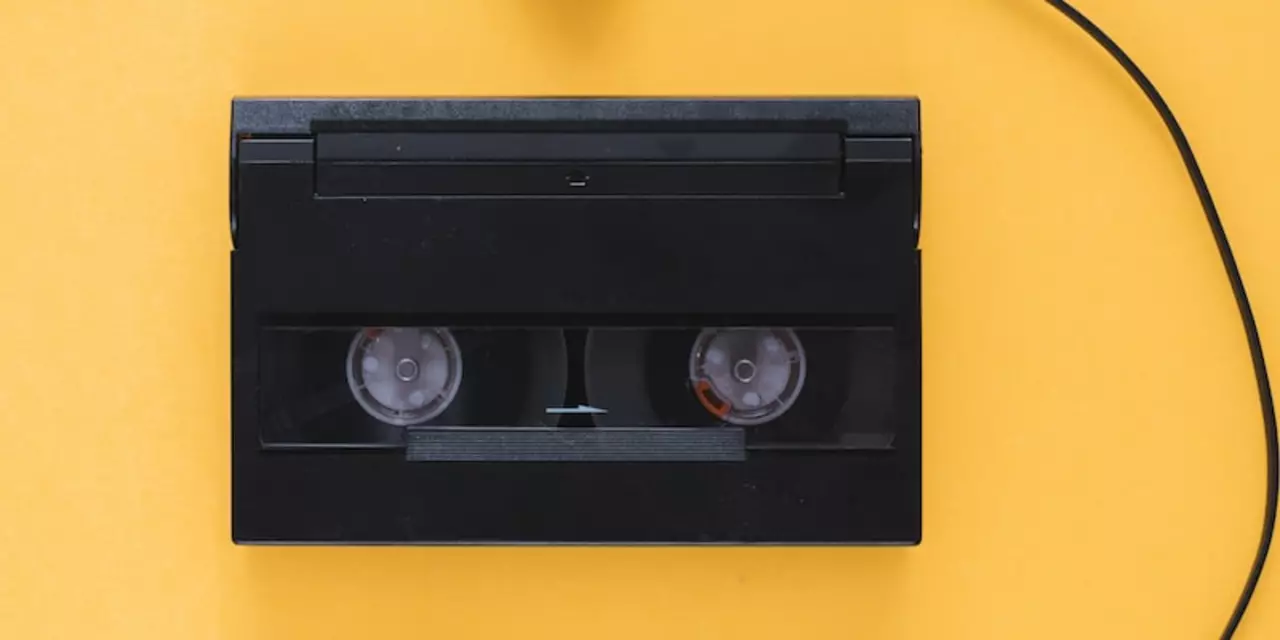Ice Hockey Basics, Gear & Fun Facts – Your Quick Guide
Thinking about stepping onto the ice? Whether you’re a kid eyeing the local rink or an adult who just wants to try something new, ice hockey is easy to get into once you know the basics. Below you’ll find the key things you need to know – from the gear you’ll wear to a few quirky facts that will impress your friends.
Getting Started on the Ice
First off, you’ll need the right equipment. The essential pieces are a helmet with a face cage, skates that fit snugly, a stick, gloves, shin guards, and a jersey. If you’re ordering a custom ice hockey uniform, expect to pay between $70 and $200 per set, depending on the design and whether you add embroidered names or logos. It might sound pricey, but a good fit makes a huge difference in how you move.
Choosing a stick curve is another early decision. Players who like quick wrist shots often go for a tighter curve like the P88 or PM9, while those who favor powerful slap shots prefer a bigger curve such as the P28 or P29. Try a few at your local shop – most places will let you test them on a dry surface before you buy.
Don’t forget about the stick check. It’s a defensive move where you knock an opponent’s stick away to gain puck control. Pull it off cleanly and you’ll stop a rush in its tracks; mess it up and you could get a penalty. Practice the timing on the bench before using it in a game.
Cool Trivia and Tips
Did you know the first puck ever used in an ice hockey game wasn’t rubber at all? Early players slapped around a frozen block of cow dung. It sounds gross, but it shows how the sport grew from simple beginnings to the high‑tech game we see today.
If you’re curious about records, the Montreal Canadiens hold the most goals in a single game – 16 goals against the Quebec Bulldogs back in 1920. That’s the kind of trivia you can drop at the locker room to earn some street cred.
When you’re on the ice, keep these three quick habits in mind: keep your knees bent for better balance, look up to anticipate passes, and always skate to the puck, not away from it. These habits feel natural after a few practices and will help you avoid common beginner mistakes.
Finally, remember that ice hockey is a contact sport, and while punches are technically allowed, most leagues penalize aggressive blows. Focus on clean checks and positional play; you’ll stay in the game longer and have more fun.
Ready to lace up? Grab your gear, hit the local rink, and enjoy the rush of gliding across the ice. Ice hockey is as much about the community as it is about the game, so don’t be shy – join a beginner’s drop‑in and meet other fans who love the sport just as much as you do.

What is the A badge in ice hockey?
The A badge in ice hockey is a significant symbol, it stands for 'Alternate Captain'. This badge is worn by players who are second-in-command to the team captain. They step in when the captain is off the ice or unable to perform their duties. These players are typically veterans with vast experience and good leadership skills. It's quite an honor to be given an A badge as it shows the player's key role in the team.
View More
Is ice hockey a sport for everyone or just Northerners?
Ice hockey is a popular sport in the Northern countries, but is it a sport for everyone or just Northerners? This article looks at the physicality and accessibility of the sport, as well as its growth in popularity in other parts of the world. It is concluded that ice hockey is indeed a sport for everyone, from professional players to those just looking for a physical activity to enjoy. The sport has grown in popularity in areas not traditionally associated with it, such as the southern United States and South America, due to the availability of ice rinks and the growing interest in the sport. Ice hockey is a dynamic and exciting sport that can be enjoyed by people of all ages and backgrounds.
View More